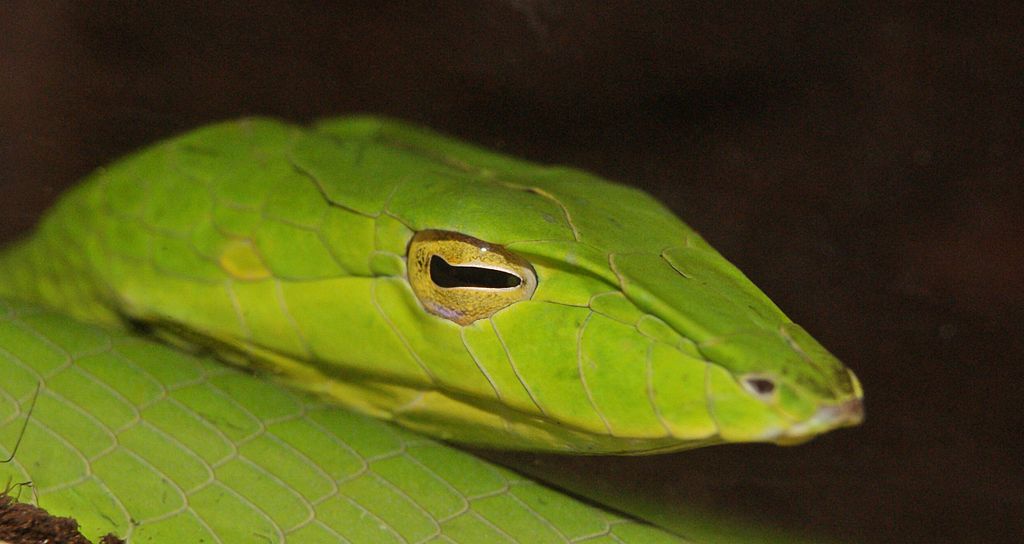In the mysterious world beneath our feet, certain snake species have evolved remarkable adaptations that allow them to survive extended periods trapped underground. While most creatures would perish when cut off from food, water, and oxygen for months at a time, these resilient reptiles employ fascinating physiological strategies to endure such harsh conditions. From metabolic slowdowns to specialized respiratory systems, these underground survivors showcase nature’s incredible ingenuity in the face of extreme environmental challenges. This exploration of subterranean snake survival reveals not just how these animals persist, but also provides insights into potential applications for human medicine and conservation efforts in a changing climate.
The Underground Challenge: Why Snakes Get Trapped
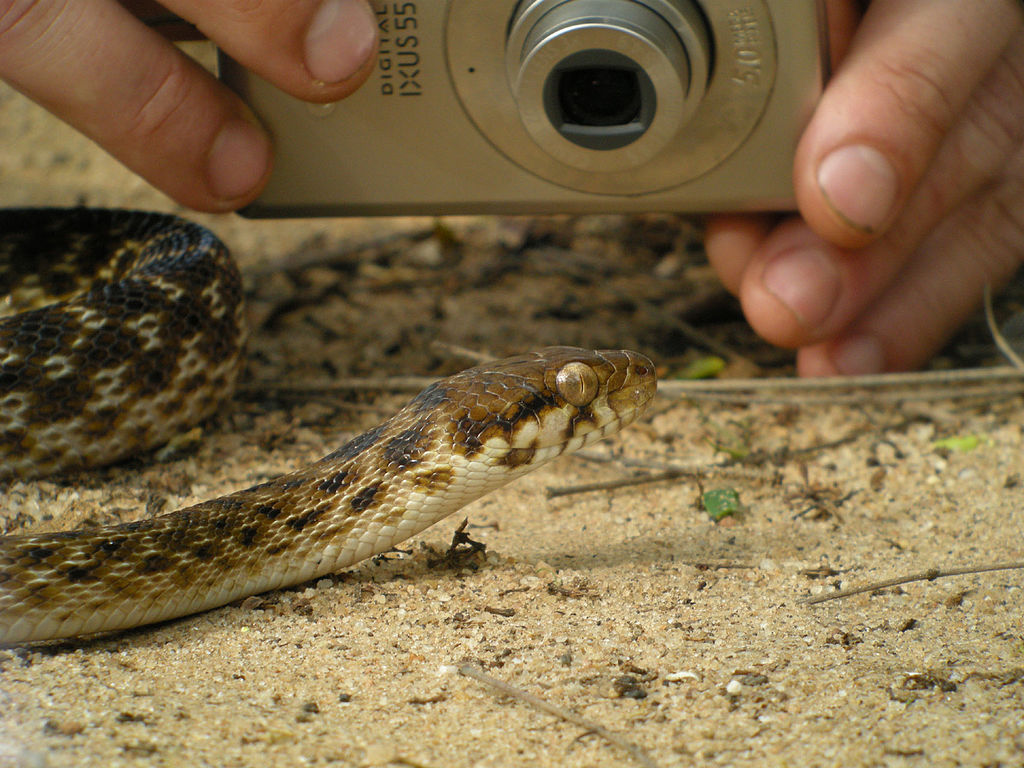
Snakes find themselves trapped underground for various reasons, some voluntary and others forced by circumstance. Seasonal flooding, landslides, or collapsing burrows can suddenly isolate snakes in subterranean chambers without warning. Many species deliberately seek underground refuge during extreme weather conditions, including drought or freezing temperatures, only to find their exit routes sealed by natural processes. Certain snakes, particularly those in desert environments, may follow prey into tunnel systems and become disoriented or trapped when passages collapse behind them. Additionally, human activities like construction and agriculture can inadvertently seal snakes underground when altering landscapes, creating unexpected survival challenges for these reptiles.
Metabolic Mastery: Dramatically Slowing Body Functions
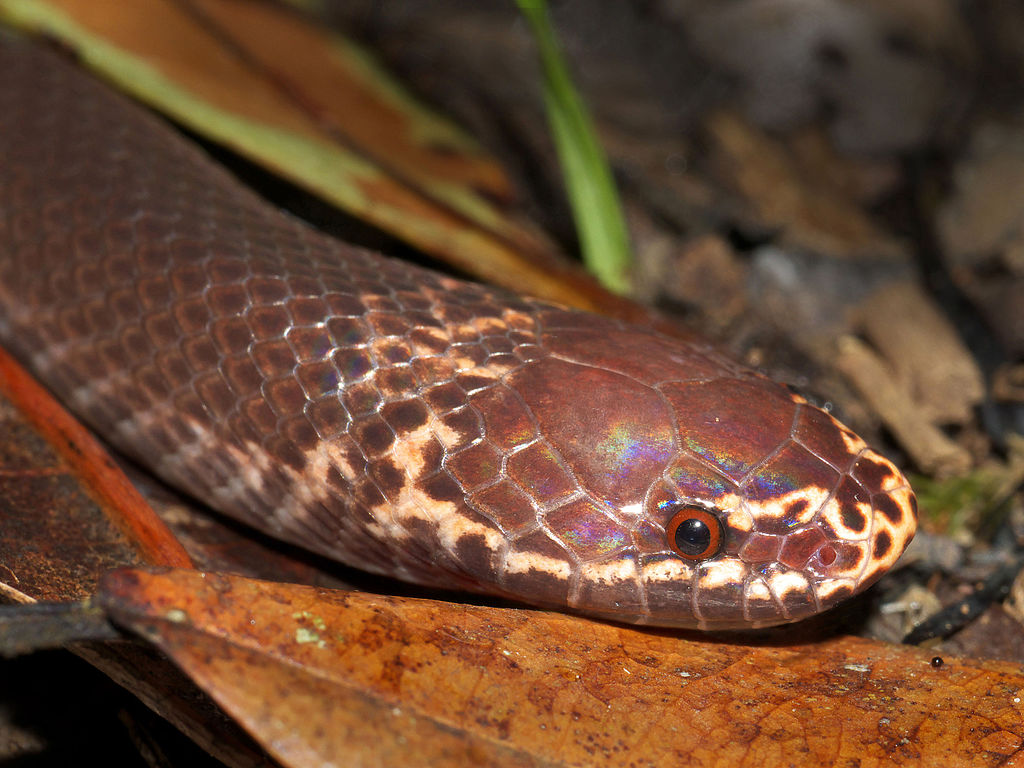
When trapped underground, many snake species enter a state of dramatically reduced metabolism, essentially putting their bodies into an energy-conservation mode. This physiological response can decrease their metabolic rate by up to 70% compared to normal activity levels, allowing them to survive on minimal energy reserves stored in their bodies. During this slowdown, non-essential bodily functions are suppressed, including reproductive processes and growth, directing all available resources toward basic survival. Heart rates can drop from dozens of beats per minute to just a few beats every hour, significantly reducing oxygen demands. Remarkably, this metabolic suppression is reversible with no apparent long-term damage, enabling the snake to resume normal functioning when favorable conditions return.
Oxygen Optimization: Breathing Through Limited Resources

Underground environments often have reduced oxygen levels, presenting a significant challenge for trapped snakes. Some species have evolved specialized respiratory adaptations that allow them to extract oxygen more efficiently from low-oxygen environments. Their lung structure, more complex than many realize, can continue functioning at oxygen levels that would be fatal to mammals, extracting vital molecules from seemingly depleted air. Certain snake species can also perform a limited form of cutaneous respiration, absorbing small amounts of oxygen directly through their skin when conventional breathing becomes difficult. Additionally, the blood chemistry of these reptiles adapts during underground confinement, increasing oxygen-carrying capacity and improving delivery to critical organs even as overall respiration rates decrease.
Water Conservation: Surviving Without Regular Hydration
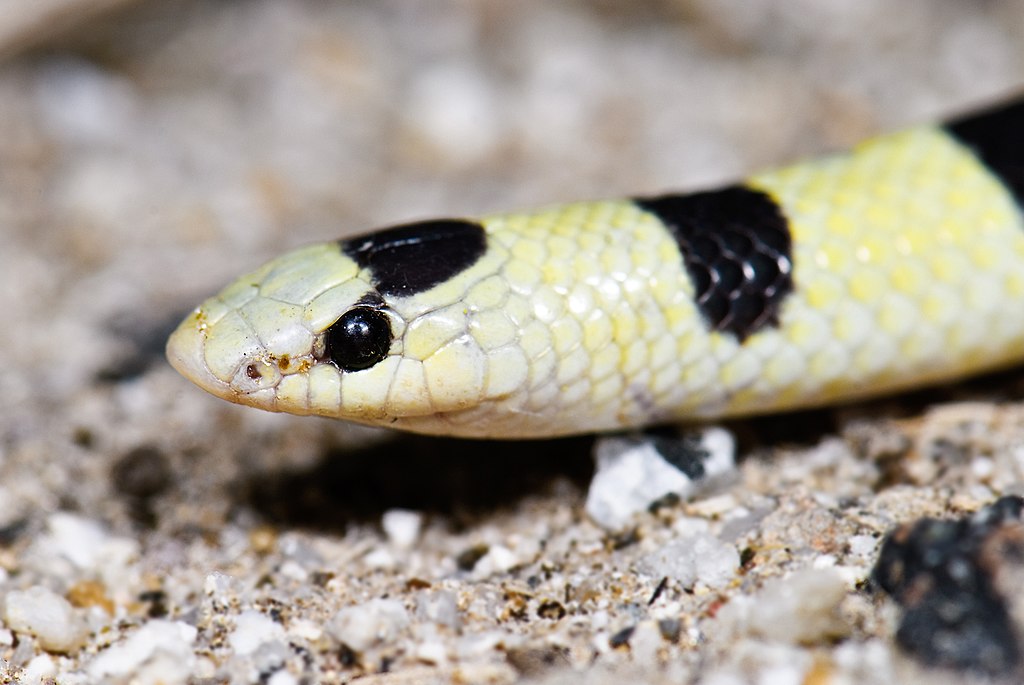
Water retention becomes crucial for snakes during extended underground isolation, and their bodies have evolved impressive conservation mechanisms. Unlike mammals, snakes produce a unique form of waste called uric acid that requires minimal water to excrete, allowing them to preserve precious internal moisture. Their highly efficient kidneys can reclaim water from waste before excretion, keeping them hydrated even without environmental water sources. The specialized scales covering a snake’s body create an extremely effective barrier against water loss through the skin, preventing dehydration through evaporation. Some species can also absorb limited moisture from the humid air in underground spaces, utilizing specialized sensory cells to detect and collect even minimal environmental humidity.
Extreme Fasting: Going Months Without Food
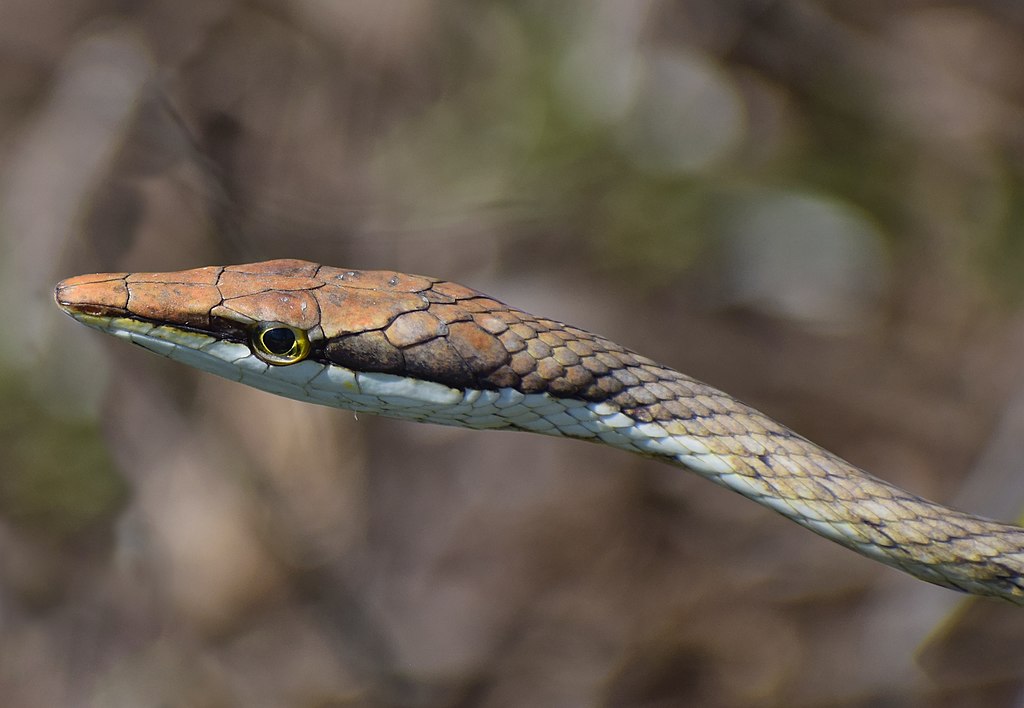
Snakes are renowned for their ability to survive extended periods without food, an adaptation that becomes critical during underground entrapment. Their digestive systems can completely shut down during periods of food scarcity, requiring virtually no energy to maintain. Body fat reserves, strategically stored during times of plenty, are slowly metabolized to provide essential energy during these fasting periods. Impressively, many species can reduce their protein breakdown during fasting, preserving muscle mass and organ function even after months without prey. Some trapped snakes undergo a controlled form of tissue recycling, breaking down less critical cellular components to maintain the function of vital organs like the heart and brain throughout their confinement.
Temperature Regulation: Surviving Heat and Cold Extremes

Underground environments typically maintain more stable temperatures than the surface, but trapped snakes must still contend with potential temperature challenges. Many species enter a state similar to hibernation called brumation when temperatures drop, further reducing their metabolic needs and allowing survival in cold underground spaces. During heat stress, certain snakes can regulate blood flow to specific body regions, protecting vital organs while allowing less essential areas to align with environmental temperatures. The underground microclimate itself often works in the snake’s favor, as soil provides insulation against extreme temperature fluctuations that would be fatal on the surface. Some species have even developed temperature-sensitive proteins that remain functional across a broader range of temperatures than those found in most vertebrates, allowing cellular processes to continue under thermal conditions that would debilitate other animals.
Biological Timekeeping: How Snakes Track Extended Periods
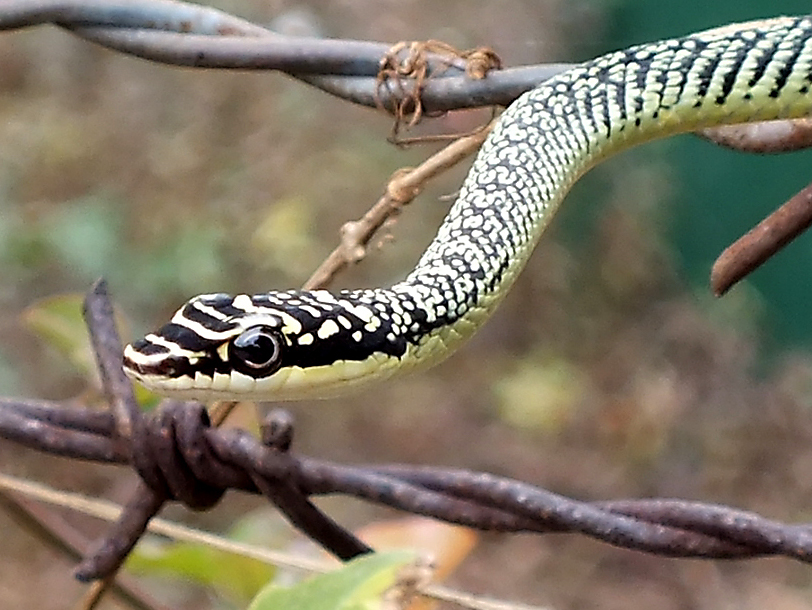
Even in the complete darkness of underground confinement, snakes maintain remarkable biological timekeeping mechanisms. Internal circadian rhythms continue functioning without environmental light cues, helping regulate basic physiological processes even during months of isolation. Seasonal hormonal changes persist based on these internal clocks, preparing the snake’s body for eventual emergence at the appropriate time of year. Some species appear to track time through subtle temperature variations that penetrate even deeply buried locations, detecting seasonal shifts that signal when emergence might be possible. Research suggests that certain snake species may also use geomagnetic sensitivity to maintain orientation and temporal awareness during extended underground periods, a fascinating adaptation still being explored by herpetologists.
Species Specialists: Snakes Most Adept at Underground Survival
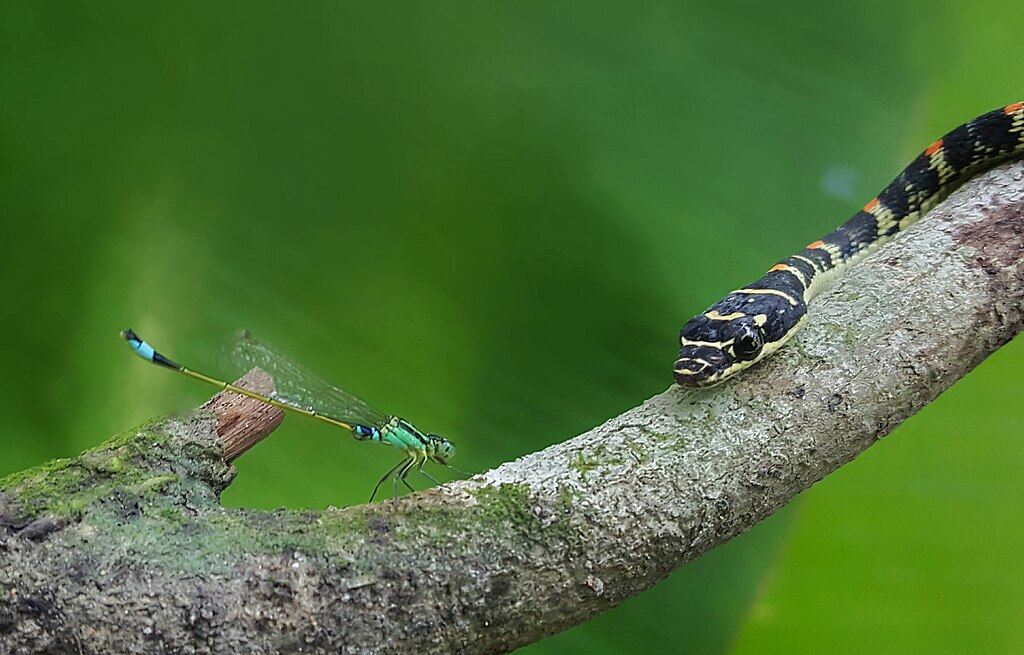
While many snakes can survive brief underground periods, certain species show exceptional adaptation to prolonged subterranean isolation. The North American hognose snake (Heterodon species) demonstrates remarkable endurance during underground entrapment, with specialized nasal adaptations that help them excavate when exit becomes possible. Many python species, including ball pythons (Python regius), can survive astonishing periods—sometimes exceeding a year—without food when trapped beneath the surface. Desert-dwelling species like the sidewinder rattlesnake (Crotalus cerastes) have evolved particularly efficient water conservation mechanisms that facilitate extended underground survival in extremely arid environments. In Australia, the inland taipan (Oxyuranus microlepidotus) combines exceptional metabolic control with advanced thermoregulation, allowing it to endure seasonal isolation underground during harsh summer conditions.
Escape Artists: How Trapped Snakes Eventually Free Themselves
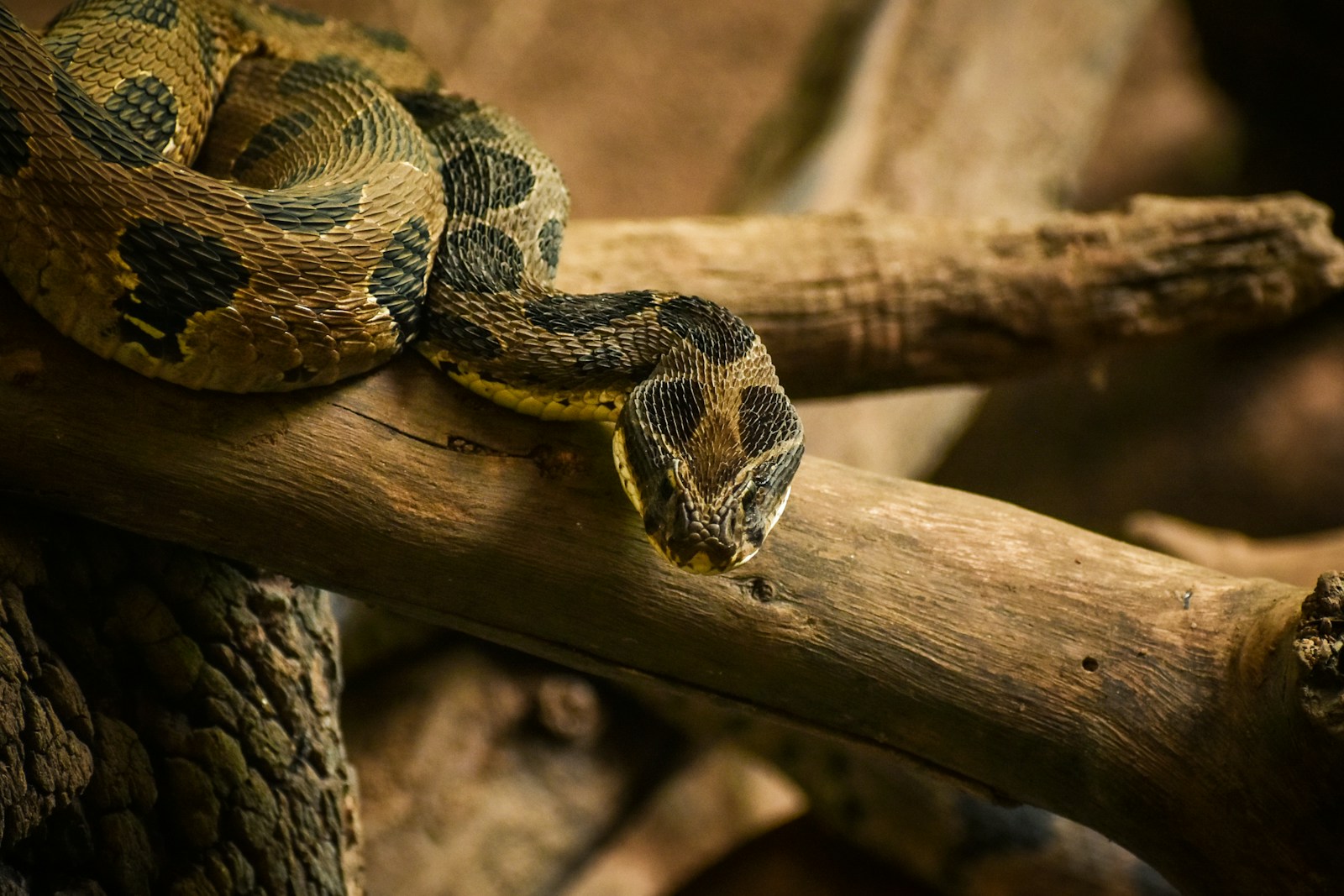
Snakes trapped underground employ various strategies to eventually regain their freedom when conditions permit. Many species possess surprising muscular strength that allows them to push through loose soil or partially collapsed tunnels once they’ve conserved enough energy. Those with specialized head shapes, particularly burrowing species, can use their reinforced skulls and muscular necks to gradually excavate new exit paths through compacted soil. Some snakes will remain in a dormant state until seasonal changes—such as rainfall softening the ground or drought causing soil to crack—create natural escape opportunities they can exploit. Interestingly, trapped snakes may follow scent trails from other burrowing animals that have created new tunnels intersecting with their underground prison, taking advantage of the excavation work of other species.
Survival Statistics: Incredible Documented Cases
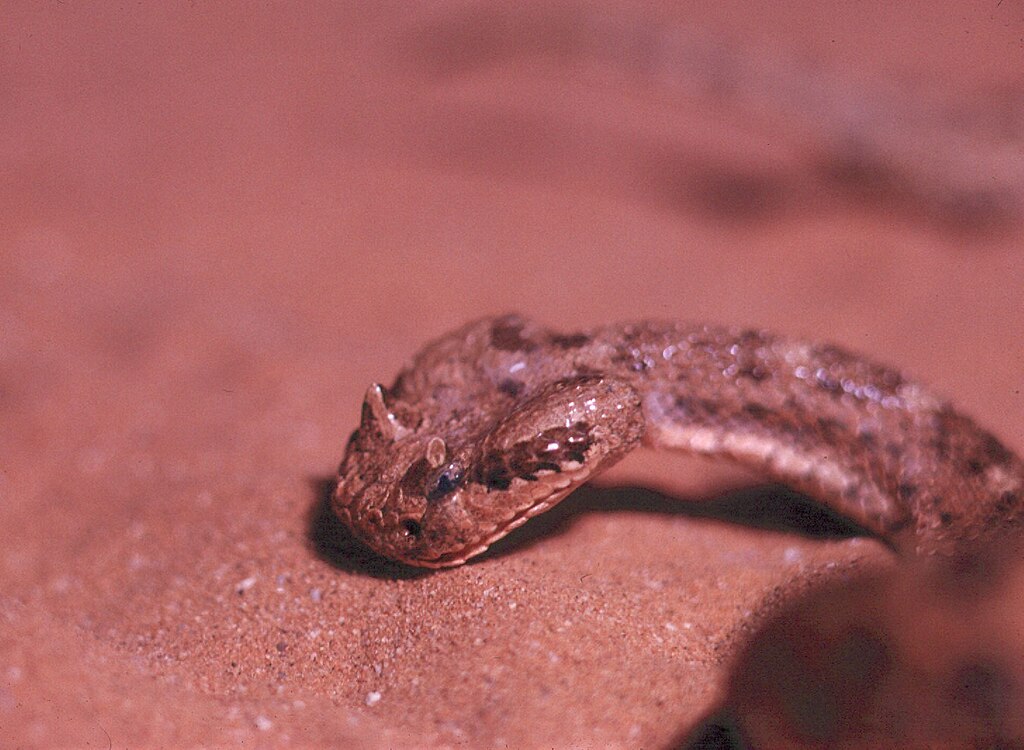
The scientific literature contains some truly remarkable documented cases of underground snake survival. In 2010, researchers in Arizona documented a western diamondback rattlesnake that survived approximately seven months trapped in a collapsed burrow following flash flooding, emerging thin but otherwise healthy when excavated. A particularly impressive case from Australia involved a carpet python accidentally sealed in a wall cavity during home construction, surviving an estimated 18 months before being discovered and released, having lost significant weight but maintaining viable organ function. In controlled laboratory studies, certain species of burrowing asps demonstrated the ability to survive in sealed underground chambers for over 300 days with no food or additional water sources, showcasing extraordinary physiological resilience. Field researchers tracking implanted wild snakes have occasionally documented individuals surviving complete burial following landslides for periods exceeding five months, demonstrating that these laboratory capabilities translate to real-world survival.
Conservation Implications: Climate Change and Underground Refuges
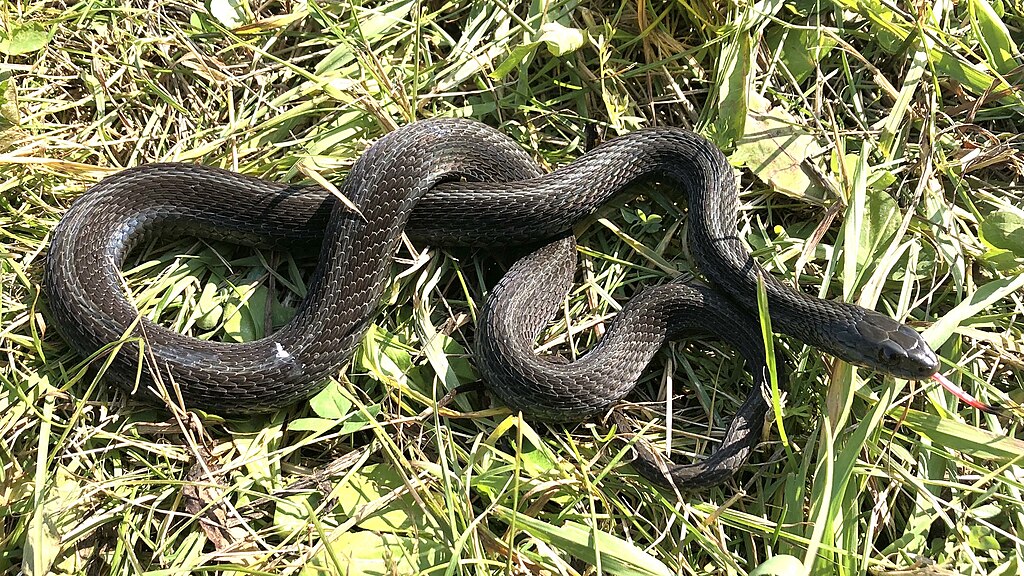
As climate change intensifies weather extremes, the underground survival adaptations of snakes may become increasingly critical to their species’ persistence. Prolonged droughts are forcing many snake populations to spend extended periods in underground refuges, making their subsurface survival mechanisms more relevant to conservation planning. Ironically, the same human activities threatening snake habitats—like agriculture and development—often increase incidents of underground entrapment as natural landscapes are altered. Conservation biologists are now studying these underground survival mechanisms to identify which snake species might prove most resilient to climate disruptions based on their subterranean adaptations. Understanding how different snake species manage extended underground isolation can help prioritize protection efforts for vulnerable populations less equipped with these survival mechanisms.
Medical Inspirations: What Human Medicine Can Learn
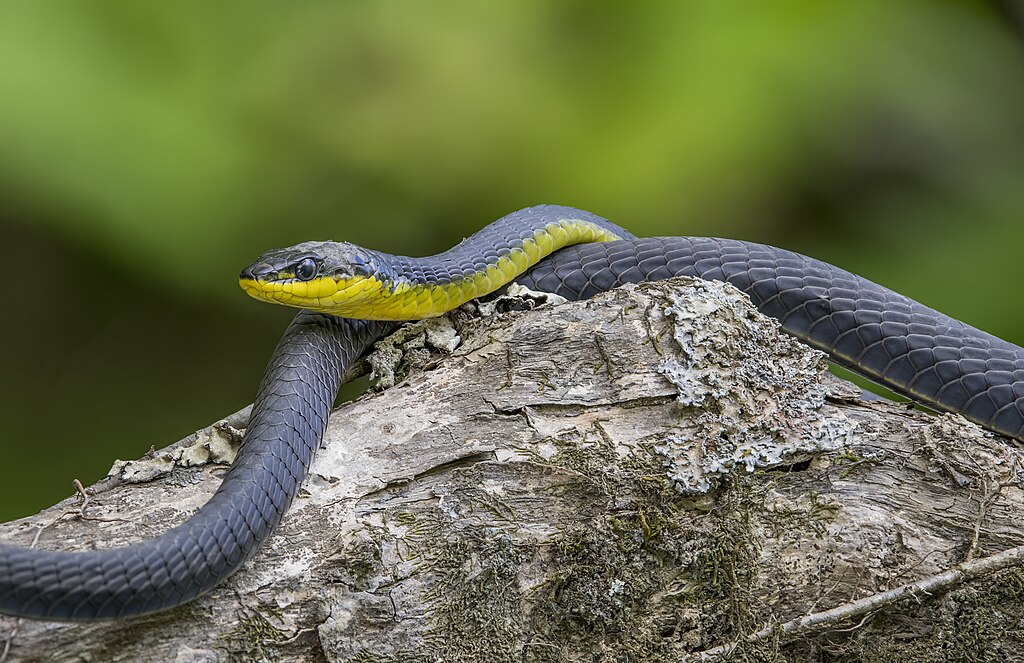
The extraordinary physiological adaptations that allow snakes to survive underground have captured the attention of medical researchers seeking solutions for human health challenges. Cardiac researchers study how snake hearts can function with minimal oxygen during dormant periods, hoping to develop better treatments for human heart attack victims by mimicking these protective mechanisms. The ability of snake tissues to withstand extended periods without oxygen damage has implications for organ transplantation, potentially extending the viability window for donated organs. Metabolic researchers are investigating how snakes regulate their extreme fasting states to develop new approaches to treating human metabolic disorders like diabetes. Perhaps most fascinatingly, understanding how snakes prevent muscle atrophy during months of inactivity could lead to breakthroughs for patients facing extended immobilization or for astronauts during long-duration space missions.
The remarkable adaptations that allow certain snake species to survive months trapped underground demonstrate nature’s extraordinary problem-solving capabilities through evolution. These reptiles have developed comprehensive survival systems that address every aspect of extended isolation—from oxygen consumption to water conservation, from temperature regulation to metabolic control. As researchers continue to unlock the mysteries of these subterranean survivors, the implications extend beyond herpetology into conservation, climate adaptation strategies, and even human medicine. The next time you walk across seemingly solid ground, remember that beneath your feet may lie snakes employing their ancient survival strategies, patiently waiting for the opportunity to emerge once again into the light.

